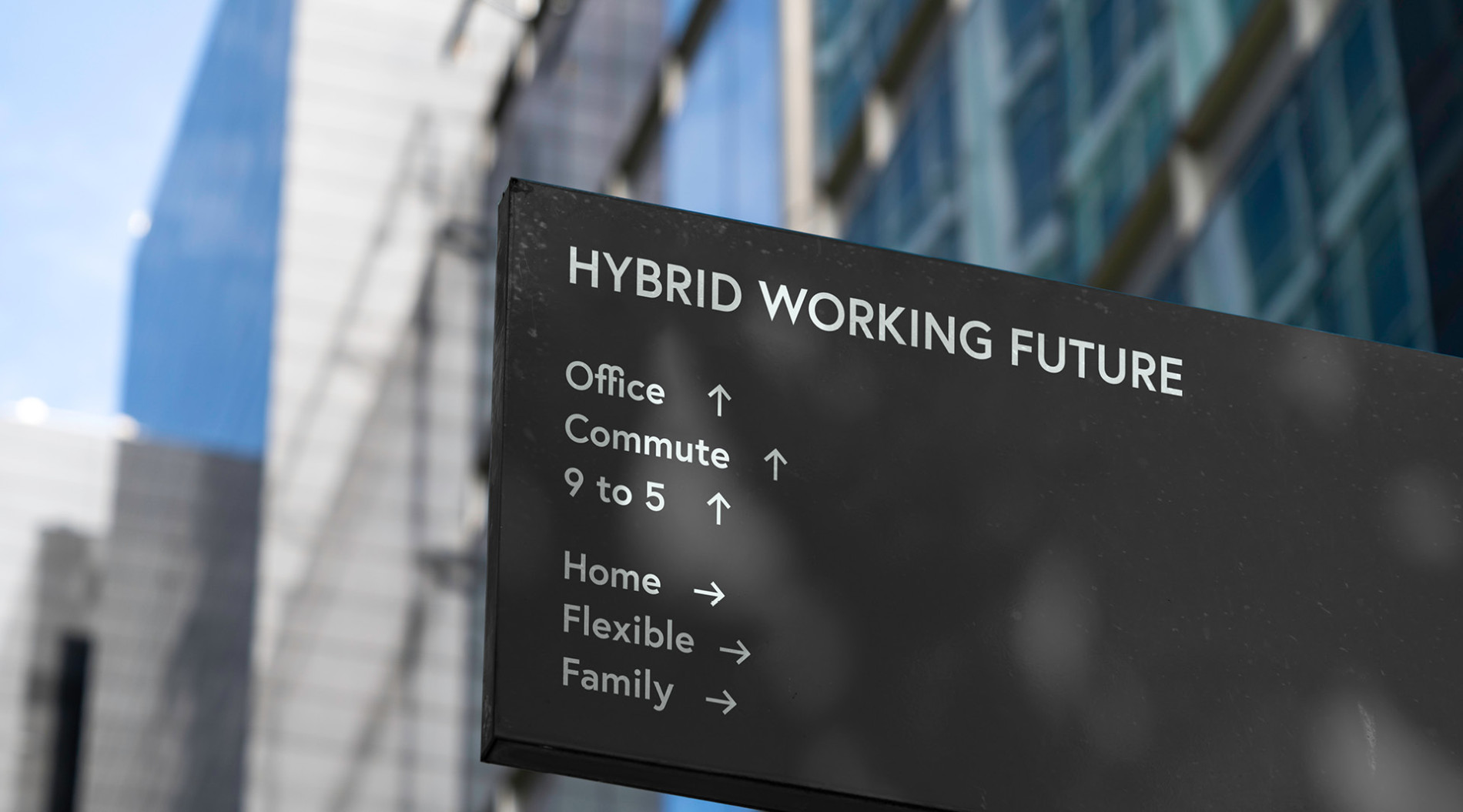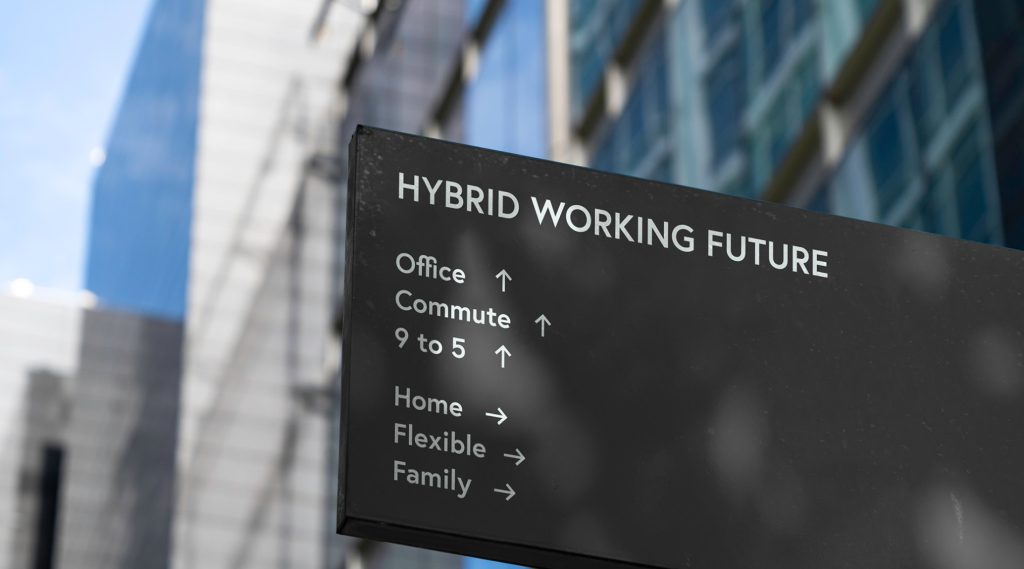Talent Acquisition Trends in Life Sciences: Meeting the Challenges of the Industry’s Talent Needs in 2023
Recruitment managers hoping for some relief in the latest jobs figures were certain to be disappointed.
Although the seasonally adjusted ABS unemployment measure crept up slightly to 3.7% in January 2023, the basic figure remained at an historically low 3.5%. It’s safe to assume that the most recent job vacancy numbers listed are essentially unchanged. They reveal huge numbers of unfilled jobs across the board, including 62,700 in healthcare and social assistance plus 40,800 in professional, scientific and technical services. That’s more than 100,000 jobs in demand in 2023 in the market being targeted by Life Sciences recruiters.
Specific recruitment challenges for Life Sciences
Although the overall hiring challenges are sufficiently problematic on their own, Life Sciences job trends in particular present a whole new set of headaches to consider:
The Australian Life Sciences industry is undergoing massive growth
The already highly competitive Life Sciences jobs market in Australia is being further stretched by current massive growth trends in healthcare. There is a shortage of qualified professionals with the required skills and experience, and recruiters are facing fierce competition for top talent.
Some of the growth is aimed at grappling with the health problems presented by an ageing population. In March 2022, a new national academic centre for healthy ageing research was opened in Victoria. Then, in October 2022, the federal government committed to providing a record $25 million funding for dementia, ageing and aged care research.
Australia has also become a leading destination for research as a result of:
- R&D tax incentives
- The new Patent Box tax concession for eligible Australian patents in the medical and biotechnology sectors
- Government investment in the Medical Research Future Fund and the Biomedical Translation Bridge initiativeDedicated Life Science precincts in the eastern states
As a result, there is a growing number of biotech startups adding to the hiring squeeze, organisations such as radiopharmaceutical company AdvanCell, skin patch diagnostics developer Nutromics, and fibrotic disease therapy innovator OccuRx.
High profile clinical trials are further draining the available talent
Around 1,880 new Australian clinical trials are conducted by pharmaceutical, biotechnology and medical device companies each year. Australia’s reputation as a clinical trials destination is enhanced by its speedy approval cycle, highly skilled workforce, world-class healthcare system, and a population with a diverse genetic pool concentrated in large cities. Current high-profile trials include Earli’s synthetic cancer biomarker trial and a trial of a gut microbiome treatment to help people with chronic insomnia.
All this is great news for the Australian economy, of course, and hopefully for those suffering from disease, but it only adds to the difficulties being experienced by anyone charged with the responsibility of hiring in the Life Sciences sector.
Life Science technology is evolving at a rapid pace
The Life Sciences industry is constantly evolving, and recruiters need to stay up-to-date with the latest trends and technologies to attract the right candidates. The rapid pace of the development – involving AI, Big Data and data analytics, bioinformatics, robotics, telehealth and wearable devices – means that despite the growing demand for professionals with specialised technological skills, the sector doesn’t have an existing depth of talent with the right expertise.
Skilled immigration has stalled
In a speech at the Jobs and Skills Summit held in September 2022, federal Minister for Home Affairs, Clare O’Neil, said:
For the last decade, our immigration program has been on continental drift. It has no strategy. We make it easy for temporary migrants to come here, but very hard for highly skilled, permanent migrants. We’ve got it backwards.
. . . we are in a global competition for talent. Because for the first time in our history, Australia is not the destination of choice for many of the world’s skilled migrants.
She went on to explain that the government intended to fix the migration system, but at the Australian Financial Review Workforce Summit, held on 22nd February 2023, she conceded that details of how the ‘broken’ system would be overhauled would not be ready in time for the May 2023 budget.
So, Life Sciences recruiters will need to curb their frustration for a while longer, but need to prepare for the promised eventual influx of skilled migrants.
Life Sciences and tech giants are competing for the same talent
This all adds up to increased competition for a shrinking pool of suitably qualified candidates, especially in the digital sphere. Organisations across the whole spectrum of public service, commerce and industry are finding it difficult to contend for top talent, not only with multinational employers like Facebook, Google, Netflix and Apple, but also with tech companies closer to home like Atlassian, Afterpay, Xero and Carsales.com.
Even though some of the major players have been shedding large numbers of staff recently, Life Sciences are in a long queue for tech talent, and will have to find a way to stand out.
Other Life Sciences trends will require additions to specialist teams
Further trends shaping Life Sciences in 2023 will increase the need for qualified and experienced specialist staff. The list includes:
- Vaccine development and production
- Gene and cell therapies
- Telemedicine
- Precision medicine and personalised care
- Wearable devices
- Cybersecurity risks
- ESG obligations
- Environmental concerns – carbon emissions, waste, sustainability
Recruiting for diversity and inclusion comes with its own set of challenges
In common with many other sectors, Life Sciences needs to focus on its commitment to diversity and inclusion. Recruiters are facing pressure to ensure that their hiring practices are inclusive and unbiased. The workforce also needs to reflect the diversity of the community it serves in order to connect with it effectively. And all members of this diverse workforce need to feel included and supported, regardless of gender, ethnicity, sexual orientation, socioeconomic background, physical ability or age.
How your business can respond to the challenges of healthcare recruitment trends in 2023
That’s enough about the problems. It’s time to suggest a few solutions, such as:
- Embracing a more flexible approach to hiring. Emphasising diversity and inclusion will increase the available talent pool. Supporting all members of a diverse workforce will improve company culture, staff morale and employee retention rates. Consider offering flexible working arrangements, such as remote work or discretionary schedules, to attract talent with work-life balance aspirations.
- Adopting skills-based hiring. Looking for candidates with the required skills rather than formal qualifications will allow you to access candidates from previously overlooked sources and backgrounds.
- Educating and training existing employees. The employees you already have can be re-skilled or up-skilled to fill vacancies, improving their job satisfaction and removing the need for onboarding.
- Focusing on your employer brand. Highlight your organisation’s culture, values and mission when recruiting. A strong brand can attract candidates who align with your values and are passionate about their own mission.
- Collaborating with universities and other educational institutions. Building partnerships with universities and other organisations can help companies tap into emerging talent pools. These partnerships can include internships, co-op programs and research collaboration.
Partnering with a specialist recruiter is the smartest move
There’s no doubt that the Life Sciences hiring environment in 2023 is challenging for a variety of reasons, and there are no signs that it’s going to change in the near future. Embarking on a partnership with a recruiter with specialist expertise in the Life Sciences sector would be an astute move.
That’s where Adecco comes in. Contact us today to find out how we can help you.











